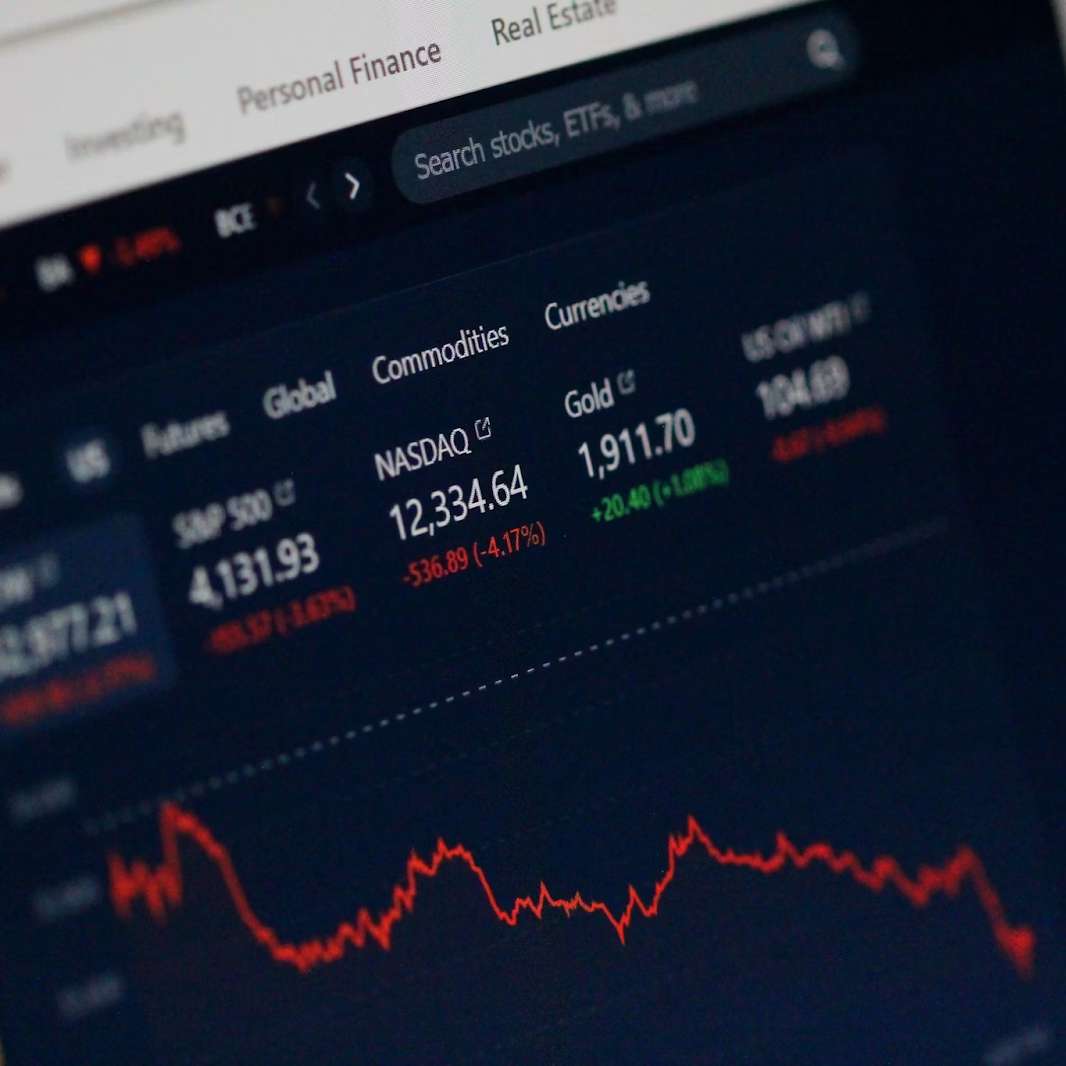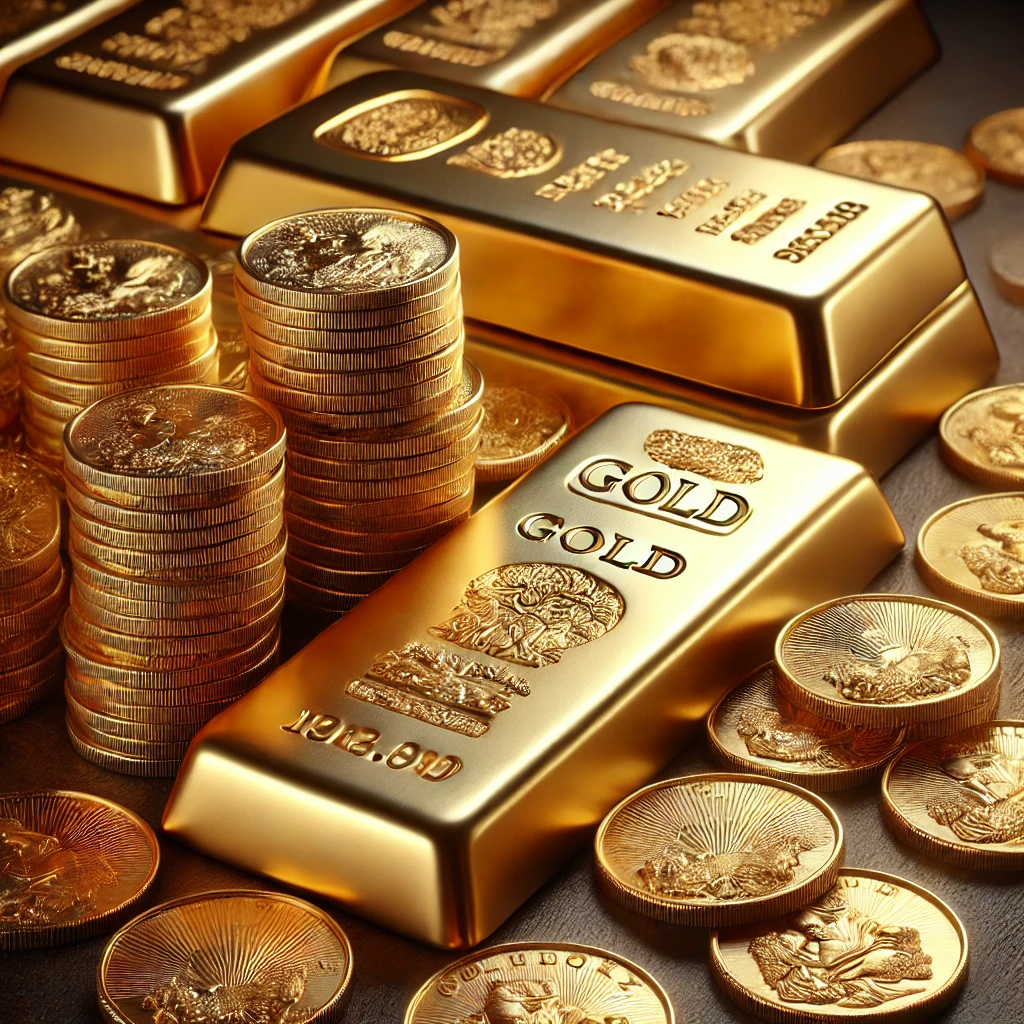June 2024 has been an eventful month for the gold market. The price of gold saw fluctuations, influenced by various global and economic factors. Despite a pullback from its highs early in the month, gold prices remained strong, trading above $2,300 per ounce, marking a significant increase of over 10% compared to the previous quarter. Let's delve into the key events and trends that shaped the gold market this month and going forward.
Gold's Price Fluctuated

Gold's price journey in June was marked by notable volatility. Early in the month, prices pulled back from their highs, with market analysts attributing this dip to profit-taking by investors who had enjoyed significant gains in previous months. Despite this correction, gold prices stabilized above $2,300 per ounce, a level that indicates continued strength and investor confidence.
The backdrop to these fluctuations is the broader economic environment. In the previous quarter, gold experienced a substantial rally, driven by concerns over global economic stability and inflationary pressures. The price surge reflected gold's traditional role as a hedge against inflation and economic uncertainty. However, as the month began, a mix of profit-taking and short-term market adjustments led to a temporary pullback in prices.
Several factors contributed to the stabilization and subsequent resilience of gold prices. First, the persistent inflationary pressures in major economies like the United States and Europe continued to support the demand for gold as an inflation hedge. Despite the Federal Reserve's efforts to manage inflation through monetary policy adjustments, the market's perception of long-term inflation risks kept gold attractive to investors.
Moreover, the broader commodity market also influenced gold prices. Other precious metals, such as silver and platinum, showed similar patterns of volatility and resilience, reflecting the interconnected nature of commodity markets. The interplay between these metals often affects investor sentiment and trading strategies, contributing to the observed price fluctuations in gold.
Federal Reserve Impact

One of the most anticipated events this month was the Federal Reserve meeting in mid-June. Investors and market analysts closely monitored the Fed's decisions regarding potential interest rate cuts. The Federal Reserve's stance on monetary policy is a critical factor influencing gold prices, as changes in interest rates can significantly impact investor behaviour.
In the lead-up to the meeting, speculation was rife about whether the Fed would decide to cut interest rates. Lower interest rates typically decrease the opportunity cost of holding non-yielding assets like gold, making it more attractive. Conversely, higher interest rates can strengthen the dollar and make yield-bearing investments more appealing, which often results in lower gold prices.
During the mid-June meeting, the Federal Reserve opted for a cautious approach, signalling a potential rate cut later in the year if economic conditions warranted it. In response to the Fed's announcement, gold prices experienced a notable uptick. Investors interpreted the Fed's cautiousness as a sign of underlying economic vulnerability, prompting a flight to safety. The price of gold surged, reflecting increased demand from investors seeking to hedge against potential economic downturns.
Global Central Banks Buying Gold

The World Gold Council's latest report has shed light on a persistent and notable trend: central banks around the globe are continuing to amass gold at a steady pace. This phenomenon is particularly evident in countries such as Turkey, China and India, each of which has significantly bolstered its gold reserves in recent months.
Turkey's Strategic Accumulation
Turkey has been one of the most proactive countries in increasing its gold reserves. Amidst economic challenges and currency volatility, the Turkish central bank has turned to gold as a reliable store of value. By accumulating gold, Turkey aims to mitigate risks associated with its currency and strengthen its financial stability. This strategy reflects a broader intent to reduce dependency on foreign currencies and insulate the economy from external shocks.
China's Long-Term Vision
China's central bank has also been a prominent buyer of gold. The country's approach to gold accumulation is part of a long-term strategy to diversify its reserves and enhance economic resilience. By holding substantial gold reserves, China seeks to safeguard its economy against global market fluctuations and geopolitical tensions. This strategic move is also aligned with China's broader objective of increasing the yuan's role in international trade and finance, presenting gold as a tangible, stable asset amidst currency diversification efforts.
India's Cultural and Economic Balance
In India, gold has always held cultural significance, which extends to its economic policies. The Reserve Bank of India has been steadily increasing its gold reserves, viewing gold as both a secure investment and a hedge against inflation. Given India's historical reliance on gold, this trend is not only an economic maneuver but also a reflection of deep-rooted cultural preferences. For India, gold serves as a critical component of its financial strategy, balancing between tradition and modern economic requirements.
Geopolitics

Geopolitical events have significantly influenced the gold market this month, particularly with major elections on the horizon in Europe. In the United Kingdom, the anticipation of a general election has added a layer of uncertainty to the financial markets. Historically, elections tend to generate volatility as investors brace for potential policy changes and economic shifts depending on the outcome. The possibility of a new government brings both opportunities and risks, leading many to seek the stability that gold offers amidst political flux.
Across the Channel, the situation in France has been even more dramatic. The French markets have experienced a sharp decline, entering freefall due to the uncertainty surrounding their upcoming election. The political landscape in France has been highly contentious, with significant polarization among the electorate. This uncertainty has been exacerbated by economic challenges and social unrest, further dampening investor confidence. The prospect of a government change or a significant shift in policy direction has made gold an attractive option for those looking to hedge against potential financial instability.
As we move into July, the outcomes of these elections will be closely watched. The results will have significant implications not only for the domestic markets of the UK and France but also for the broader European and global financial landscapes. The heightened geopolitical tension underscores the enduring appeal of gold as a safe haven asset, providing security in an environment where political developments can swiftly impact economic conditions.

June 2024 has been a dynamic month for the gold market, with prices influenced by a range of economic and geopolitical factors. Despite early fluctuations, gold maintained its strong position above $2,300 per ounce, reflecting its continued appeal as a safe haven asset. The Federal Reserve's decisions, central bank purchases, de-dollarization discussions, and geopolitical events have all contributed to the market's movements. As we look ahead, these factors will remain pivotal in shaping the future trajectory of gold prices, reaffirming its status as a crucial asset in times of uncertainty.




Leave a comment
This site is protected by hCaptcha and the hCaptcha Privacy Policy and Terms of Service apply.